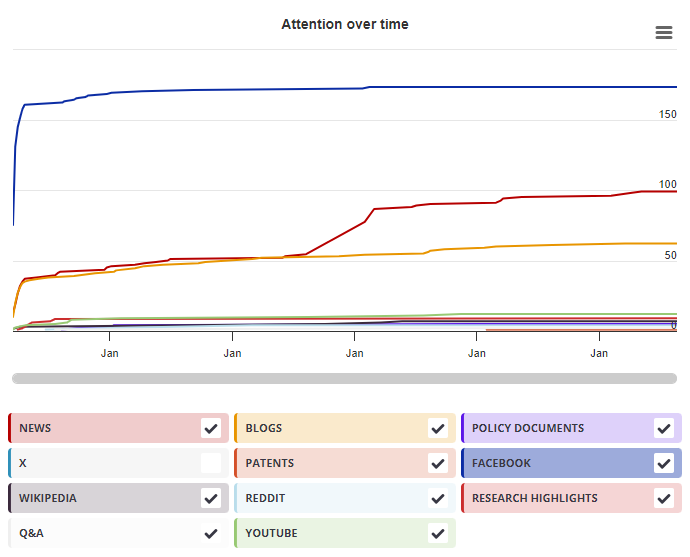| Title |
Emerging Roles for Long Non-Coding RNAs in Cancer and Neurological Disorders
|
|---|---|
| Published in |
Frontiers in Genetics, January 2012
|
| DOI | 10.3389/fgene.2012.00025 |
| Pubmed ID | |
| Authors |
Courtney N. Niland, Callie R. Merry, Ahmad M. Khalil |
| Abstract |
The recent discovery of thousands of long non-coding (lnc)RNAs in the human genome has prompted investigation of the potential roles of these molecules in human biology and medicine. Indeed, it is now well documented that many lncRNAs are involved in key biological processes, including dosage compensation, genomic imprinting, chromatin regulation, alternative splicing of pre-mRNA, nuclear organization; and potentially many other biological processes, which are yet to be elucidated. Recently, a number of studies have also reported that lncRNAs are dysregulated in a number of human diseases, including several cancers and neurological disorders. Although many of these studies have fallen short of implicating lncRNAs as causative, they suggest potential roles that warrant further in depth investigations. In this review, we discuss the current state of knowledge regarding the roles of lncRNAs in cancer and neurological disorders, and suggest potential future directions in this rapidly emerging field. |

X Demographics
As of 1 July 2024, you may notice a temporary increase in the numbers of X profiles with Unknown location. Click here to learn more.
Geographical breakdown
| Country | Count | As % |
|---|---|---|
| Unknown | 1 | 100% |
Demographic breakdown
| Type | Count | As % |
|---|---|---|
| Members of the public | 1 | 100% |
Mendeley readers
Geographical breakdown
| Country | Count | As % |
|---|---|---|
| United States | 3 | 3% |
| Germany | 1 | <1% |
| Italy | 1 | <1% |
| Chile | 1 | <1% |
| Spain | 1 | <1% |
| United Kingdom | 1 | <1% |
| Unknown | 97 | 92% |
Demographic breakdown
| Readers by professional status | Count | As % |
|---|---|---|
| Student > Ph. D. Student | 22 | 21% |
| Researcher | 20 | 19% |
| Student > Master | 15 | 14% |
| Professor | 8 | 8% |
| Student > Doctoral Student | 7 | 7% |
| Other | 21 | 20% |
| Unknown | 12 | 11% |
| Readers by discipline | Count | As % |
|---|---|---|
| Agricultural and Biological Sciences | 55 | 52% |
| Biochemistry, Genetics and Molecular Biology | 20 | 19% |
| Medicine and Dentistry | 6 | 6% |
| Unspecified | 2 | 2% |
| Chemistry | 2 | 2% |
| Other | 6 | 6% |
| Unknown | 14 | 13% |